
Most insurance plans do not cover otoplasty, as it is considered a cosmetic procedure.
Insurance companies view otoplasty as a form of elective surgery, and as such, it's not typically covered under standard health insurance plans.
Insurance Coverage
Insurance coverage for otoplasty can vary depending on your insurance plan and the specific criteria set by your insurance company. Some insurance plans may provide coverage for otoplasty if it is deemed medically necessary, while others may consider it a cosmetic procedure and not provide coverage.
It's crucial to check with your insurance provider to understand their specific coverage policy for otoplasty and the documentation and pre-authorization requirements for successful billing. Understanding your insurance plan and coverage policy is vital before undergoing any surgical procedure.
Here are some key things to keep in mind when it comes to insurance coverage for otoplasty:
* Some insurance companies may require proof of functional impairmentOthers may consider the procedure solely cosmetic and not offer coveragePre-authorization may be required for insurance coverage
By being proactive and informed, you can navigate the insurance coverage process for otoplasty effectively and minimize any potential financial burdens.
Coverage Criteria
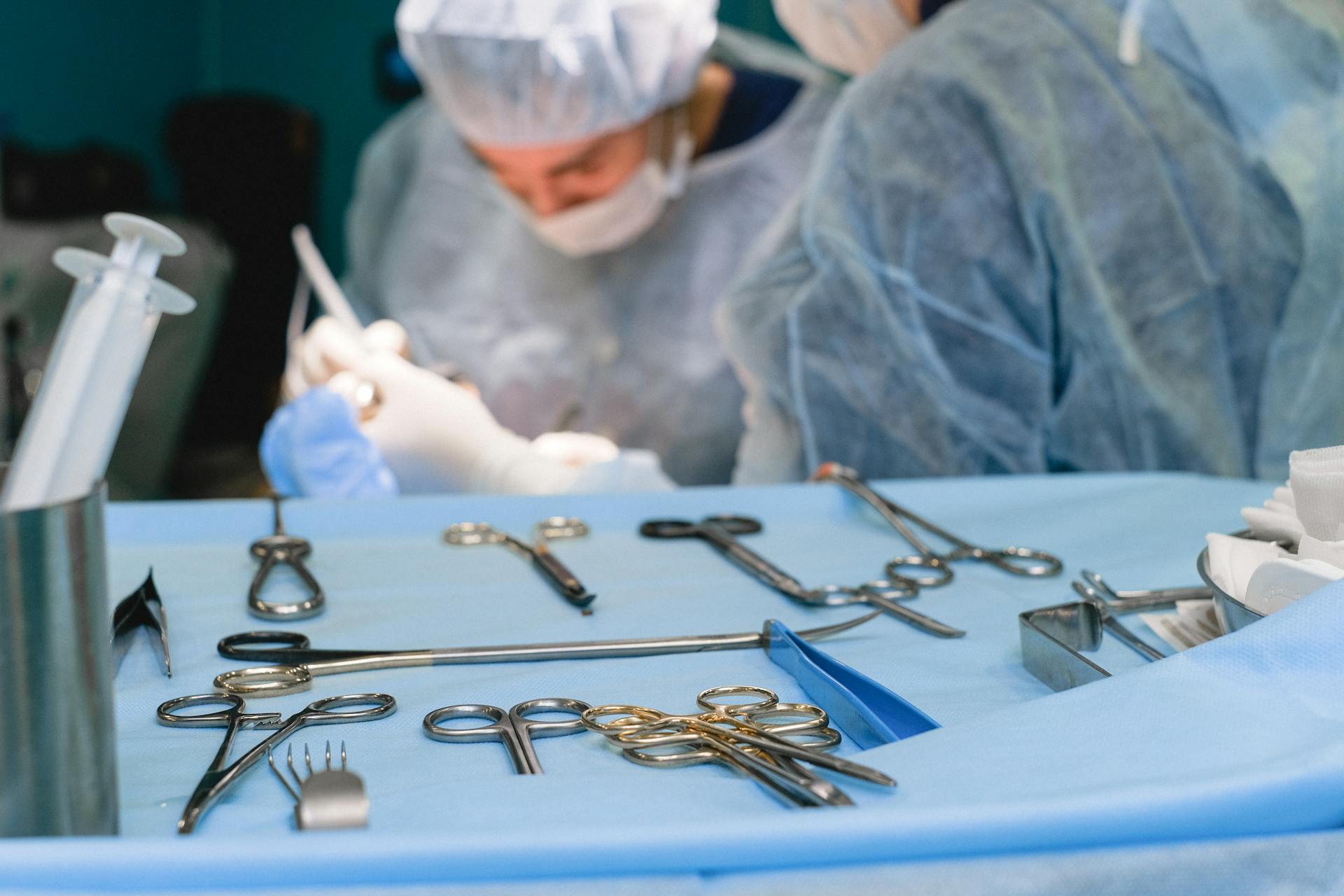
To understand the insurance coverage criteria for otoplasty, it's essential to know that insurance companies have specific factors they consider when evaluating coverage.
Insurance providers are more inclined to cover otoplasty if there is a documented medical necessity, such as correcting a congenital deformity, trauma, or condition that impairs hearing or ear function.
In some cases, insurance companies may consider the psychological impact of prominent or misshapen ears, especially in children and adolescents. If a patient experiences significant emotional distress, bullying, or social isolation due to their ear appearance, insurance may provide coverage.
If the shape or positioning of the ears affects the patient’s ability to wear glasses, hearing aids, or other assistive devices, this may be considered a functional impairment. Insurance may cover otoplasty to address these issues, as they directly impact the patient’s quality of life.
Previous injuries or trauma, such as burns, accidents, or surgical complications, can also be considered when evaluating insurance coverage for otoplasty.
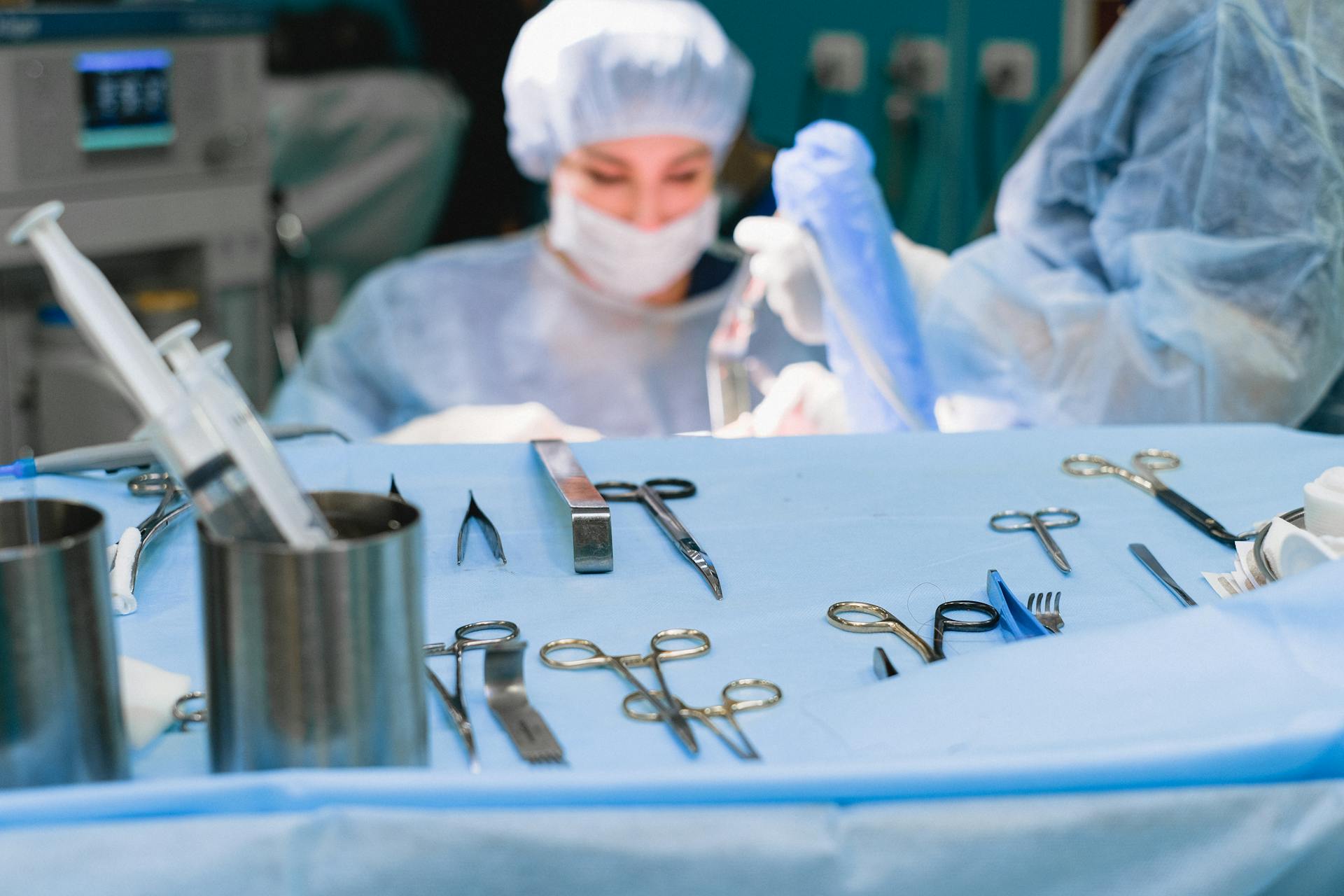
The following factors are commonly considered when evaluating insurance coverage for otoplasty:
- Medical necessity
- Psychological impact
- Functional impairment
- Previous injuries or trauma
Here is a breakdown of the insurance coverage criteria:
It's crucial to note that insurance policies and guidelines vary widely, and it's essential to check with your insurance provider to understand their specific coverage policy for otoplasty and the documentation and pre-authorization requirements for successful billing.
Geographic Factors
Geographic factors can significantly impact the cost of otoplasty, with larger cities typically having higher overhead costs, such as rent and staff salaries, resulting in higher fees.
Cities with lower overhead costs, like smaller towns and rural areas, may have lower otoplasty fees due to reduced operational costs.
The type of facility where otoplasty is performed also affects the cost, with outpatient surgery centers generally having lower fees compared to hospitals.
Here's a comparison of average otoplasty costs in different cities across the United States:
These estimates can vary depending on individual factors, so it's essential to consult with a qualified surgeon for a personalized cost estimate.
Understanding Otoplasty
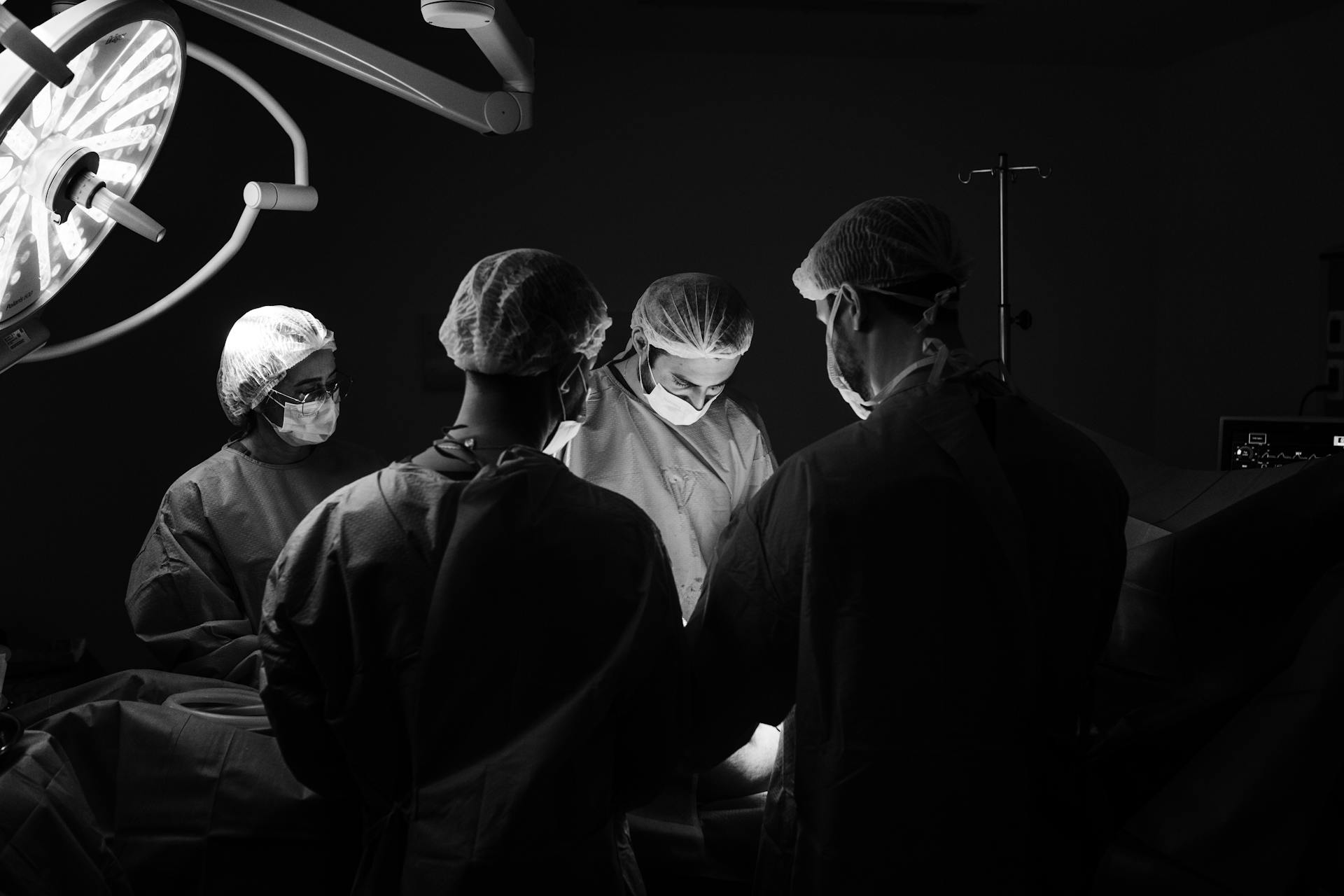
Otoplasty is a versatile procedure that can address various ear concerns, including ear pinning, ear reshaping, and ear reduction. The choice of technique depends on the patient's unique anatomy and goals.
Otoplasty involves making incisions behind or within the ear's natural folds, where cartilage is reshaped, repositioned, or removed as needed. The incisions are then closed with sutures, leaving minimal visible scarring.
The recovery process typically involves mild discomfort, swelling, and bruising, and a bandage is usually placed around the head to protect the ears and maintain their new position. Most clients can return to work or school within a week, although strenuous activities should be avoided for several weeks.
Here are some common reasons why people undergo otoplasty:
- Poorly formed anti-helical fold
- Poorly developed conchal bowl
- Combination of both
The results of otoplasty are generally long-lasting, and once the ears have healed, they should maintain their new shape and position. However, it is essential to follow post-operative care instructions to ensure optimal healing.
Understanding the Procedure
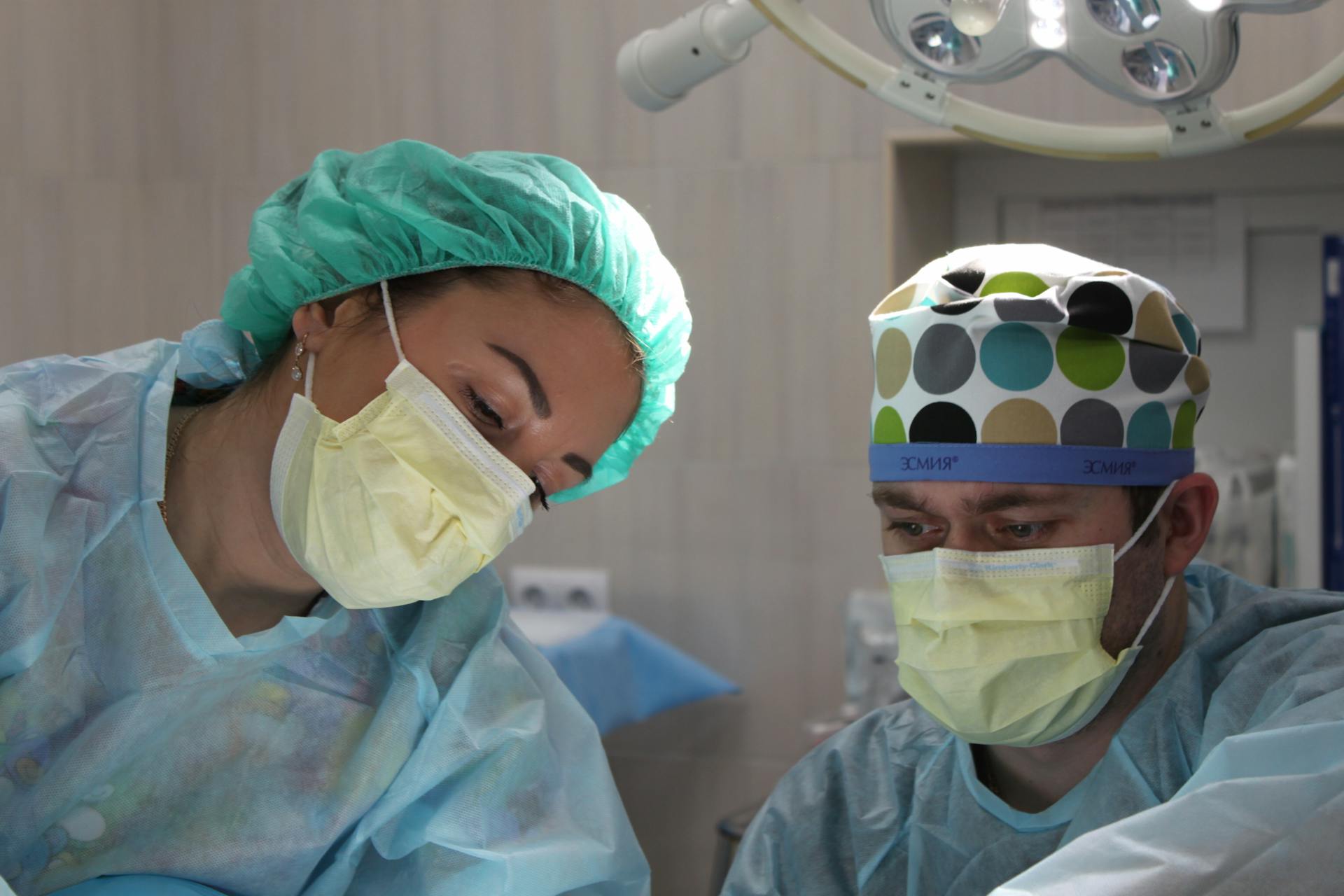
Otoplasty is a versatile procedure that can address a variety of ear concerns.
The procedure can involve several techniques, including ear pinning to reduce ear prominence, ear reshaping to improve contour, and ear reduction to decrease size.
The choice of technique depends on the patient's unique anatomy and goals.
The surgery typically involves making incisions behind or within the ear's natural folds.
Cartilage is reshaped, repositioned, or removed as needed.
The incisions are then closed with sutures, leaving minimal visible scarring.
The surgery usually takes about two hours to complete, with one hour focusing on each side.
It is performed under general anesthesia in an operating room.
Excess skin and cartilage may be removed through an incision behind the ear.
The ear is then reshaped into the desired position using suture techniques.
This is an outpatient surgery, and you can go home the same day.
Most clients can return to work or school within a week, although strenuous activities should be avoided for several weeks.
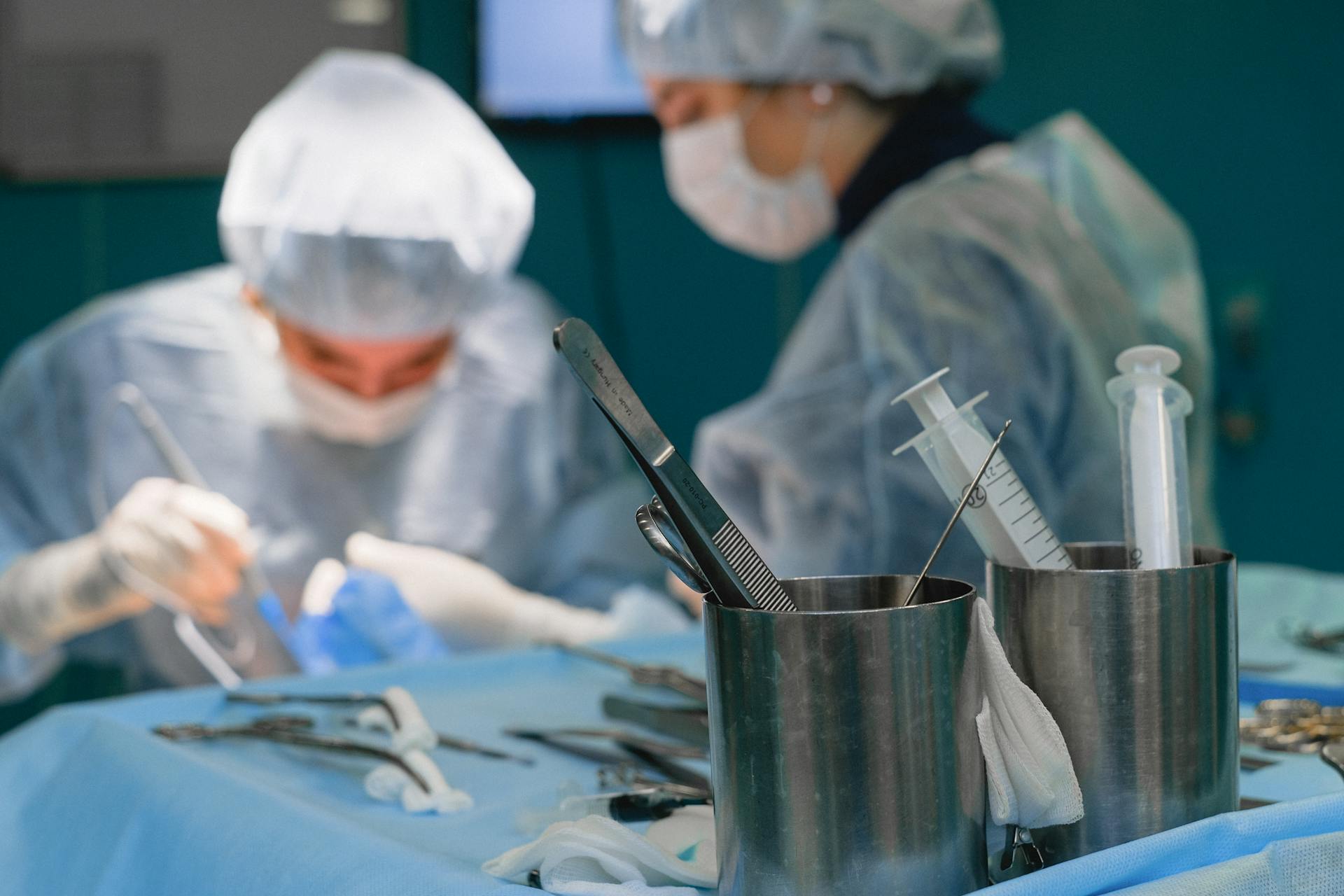
The results of Otoplasty are generally long-lasting.
Once the ears have healed, they should maintain their new shape and position.
It is essential to follow post-operative care instructions to ensure optimal healing.
A tight ear dressing is placed while you are still asleep, and this will stay on for anywhere from one to three days.
You can expect to have some swelling and bruising after the procedure, but this usually does not last long.
Most people see immediate results when the first dressing is removed one to three days after surgery.
A compression headband is recommended to be worn over the ears as much as tolerated for the next couple of weeks and while sleeping to prevent inadvertent damage to the repair.
Deformity
Ear deformities can be a sensitive topic, but understanding the options available can be a huge relief. Ear deformities can often be fixed or significantly improved through various medical and surgical interventions, depending on the type and severity of the deformity.
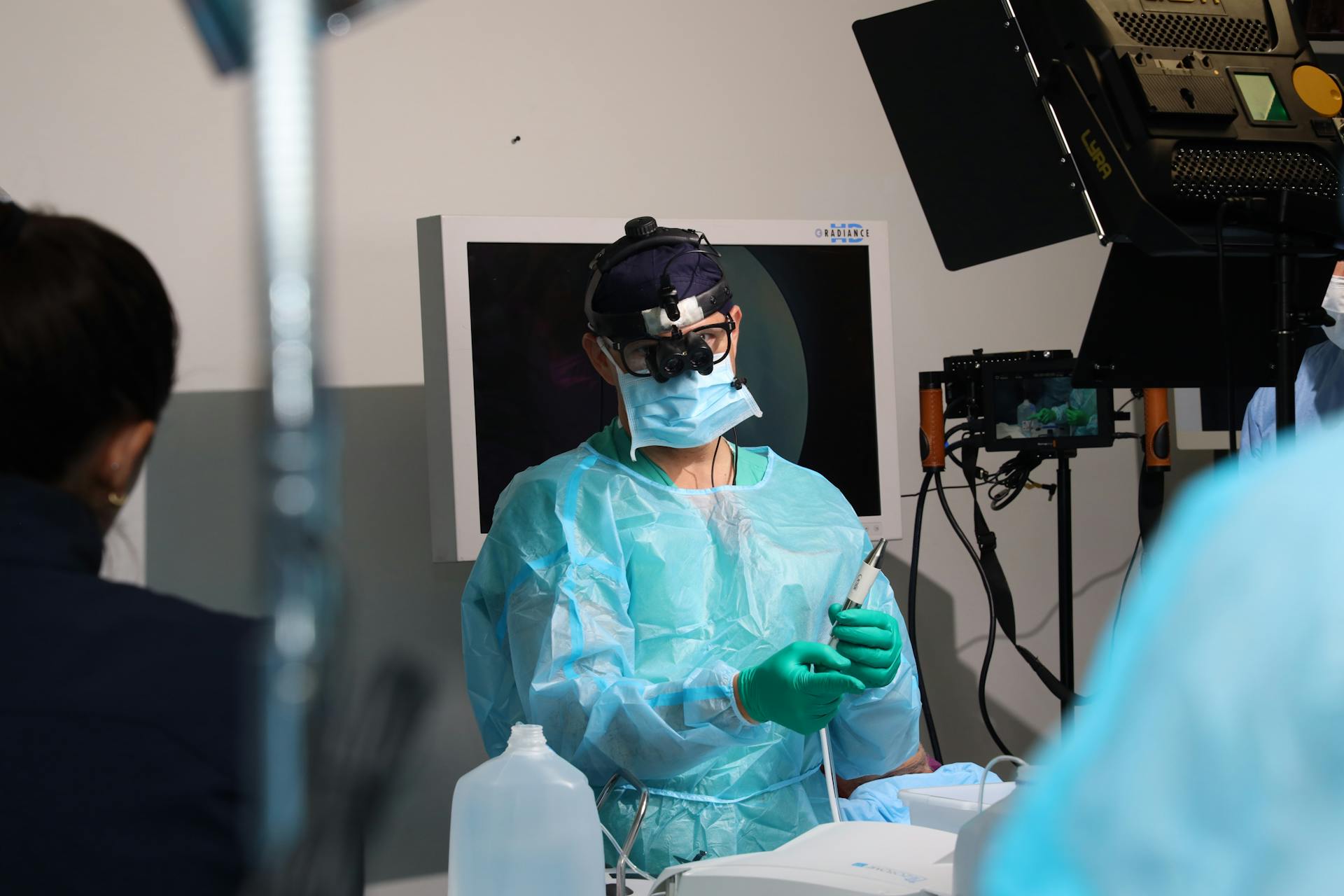
There are several methods and treatments used to correct ear deformities, including otoplasty (ear pinning surgery), reconstruction surgery, ear splinting, tissue expansion, prosthetic ears, and implants. Otoplasty is one of the most common surgical procedures to correct ear deformities, especially for protruding ears.
The approach to correcting ear deformities varies, and the decision on how to correct an ear deformity is based on a thorough evaluation by specialists, including plastic surgeons, otolaryngologists (ENT doctors), and audiologists, among others. The age of the patient, the cause and severity of the deformity, and the patient’s overall health are important considerations in determining the most appropriate treatment plan.
Here are some common methods used to correct ear deformities:
- Otoplasty (ear pinning surgery)
- Reconstruction surgery
- Ear splinting
- Tissue expansion
- Prosthetic ears
- Implants and other surgical options
Insurance coverage for ear deformity surgery often depends on the nature of the deformity and whether the surgery is considered medically necessary. Generally, insurance policies are more likely to cover surgeries that address functional issues or are needed to correct deformities that affect hearing or cause chronic health problems.
Costs and Fees
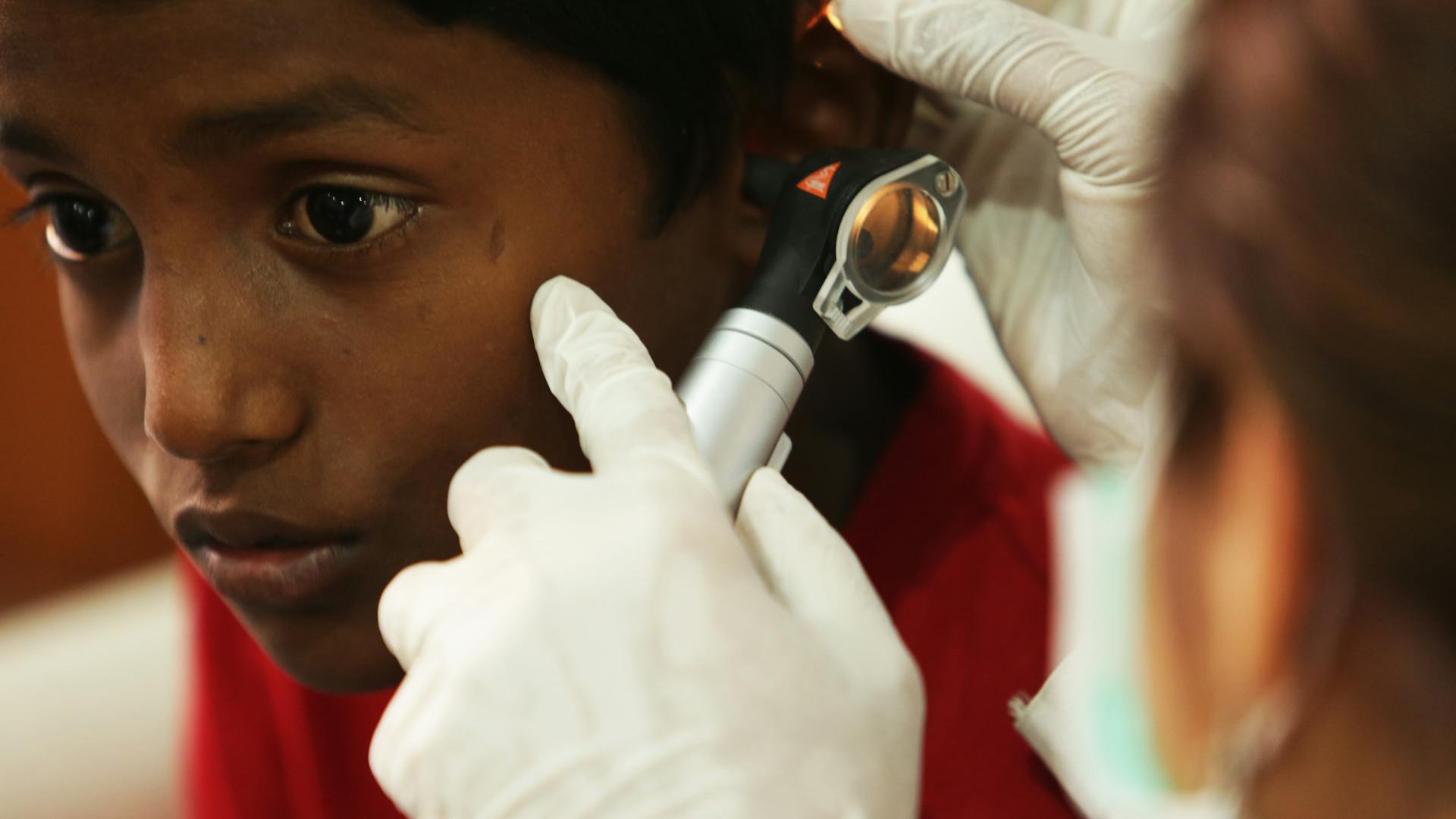
Even if insurance covers otoplasty, patients may still incur out-of-pocket costs. Understanding these potential expenses is essential for financial planning.
Deductibles and co-pays can apply, and patients may need to pay for consultations, pre-surgery evaluations, and post-operative visits.
Non-covered expenses, such as anesthesia fees, facility charges, or specific post-operative care, may not be covered by insurance. Patients should inquire about these potential costs during their consultation.
Facility fees can add up, ranging from $X,XXX to $X,XXX depending on the type of facility, such as a hospital, ambulatory surgical center, or private practice.
Anesthesia fees can also be a significant expense, with general anesthesia typically resulting in higher fees due to additional monitoring and administration required.
The type of anesthesia used, whether general or local, can impact the expenses involved, with local anesthesia generally being less expensive.
Additional procedures, such as rhinoplasty or facial contouring, may be performed in conjunction with otoplasty and are typically not covered by insurance.
The cost of ear pinning surgery can range widely, generally falling between $3,000 to $5,000, including surgeon fees, anesthesia, and facility costs.
If otoplasty is not covered by insurance, the cost can depend on several factors, including the procedure itself, geographic area, and experience of the surgeon.
The complexity of the procedure, surgeon's experience, and geographic location can all influence the final price of otoplasty, making it essential to discuss costs with the surgeon before undergoing the procedure.
Here are some estimated average facility fees for otoplasty procedures:
Financial Planning
Consulting with a surgeon can be a good starting point for planning your otoplasty expenses. Some surgeons offer free initial consultations, while others may charge a fee.
It's essential to contact your insurance provider before the procedure to verify coverage details and understand your financial responsibilities. This includes clarifying deductibles, co-pays, and any non-covered expenses.
Many plastic surgery practices offer payment plans and financing options, which can help make the procedure more affordable by allowing patients to pay over time. Consider setting aside funds in advance if insurance does not cover the procedure.
Creating a budget and savings plan can help you manage the financial aspects of otoplasty. Payment plans offered by your surgeon, financing through medical credit companies, or looking into clinics that offer sliding scale fees based on income can also make ear reshaping more affordable.
What to Expect: Procedure and Recovery
The otoplasty procedure can take about two hours to complete, with one hour focusing on each side, and is performed under general anesthesia in an operating room.
You'll meet with your facial plastic surgeon before the operation to discuss your expectations and desired results.
The surgery involves making incisions behind or within the ear's natural folds, where cartilage is reshaped, repositioned, or removed as needed.
A tight ear dressing is placed after the operation, which will stay on for anywhere from one to three days.
You can expect some swelling and bruising after the procedure, but this usually doesn't last long, and most people see immediate results when the first dressing is removed one to three days after surgery.
A compression headband is recommended to be worn over the ears as much as tolerated for the next couple of weeks, and at night while sleeping, to prevent inadvertent damage to the repair.
Most clients can return to work or school within a week, although strenuous activities should be avoided for several weeks.
The results of otoplasty are generally long-lasting, and once the ears have healed, they should maintain their new shape and position.
Frequently Asked Questions
How much did your otoplasty cost?
The average cost of otoplasty is around $3737, but actual costs may vary depending on location and provider. This price does not include additional fees such as anesthesia and medications.
Can you get otoplasty for free?
Insurance typically doesn't cover otoplasty for cosmetic reasons, but it may be covered in part or full if the surgery is medically necessary
What makes otoplasty medically necessary?
Otoplasty is medically necessary when performed to correct a congenital deformity, such as prominent ears, to achieve a normal appearance. This is considered reconstructive surgery, even if it doesn't improve function.
How much does it cost to pin your ears back?
The average cost of ear surgery (otoplasty) is around $4,625, but this doesn't include additional expenses like anesthesia and operating room fees. To get a more accurate estimate, consider consulting a plastic surgeon for a personalized quote.
Sources
- https://www.drsajjadian.com/can-insurance-cover-otoplasty/
- https://www.medicalbillgurus.com/otoplasty-ear-surgery-billing/
- https://liposuctiondenver.com/blog/understanding-otoplasty-pricing/
- http://kepcekulakestetigi.com/en/is-ear-surgery-covered-by-insurance.html
- https://www.williamsfacialsurgery.com/blog/otoplasty-covered-insurance/
Featured Images: pexels.com


